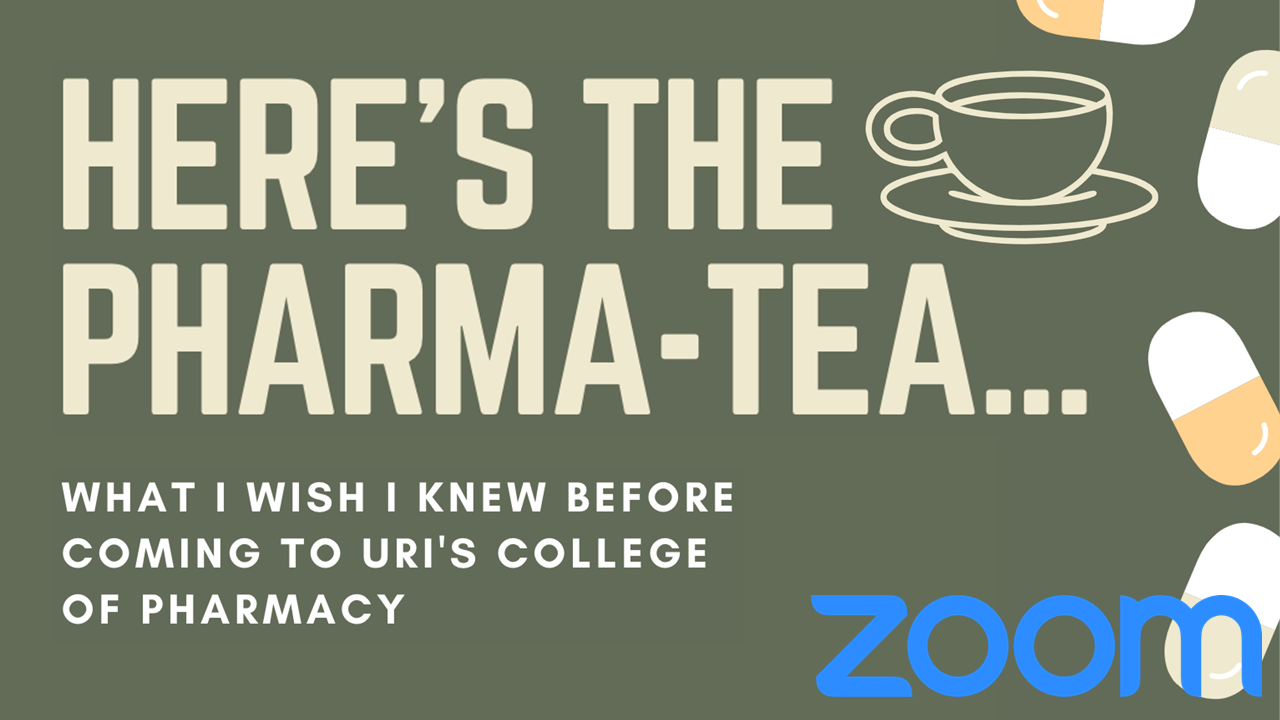Registration Open | Zoom | BSPS
In our Spring BSPS alumni panel we are inviting some of our grads to speak about their path to their current role, the impact of URI, and how their education prepared them for the future. More details to follow.
Continue reading "April 13, 2022@ 7pm – B.S.P.S. Zoom Alumni Panel"








